Welcome to Listening In on Pandemic Life, a new ten-part monthly blog series curated by CASE in which artists, scholars and designers offer short reflections on their sonic experiences across the past 18 months of living under the shadow of COVID-19. The pandemic continues to affect everyday life on a global scale. Our sonic, visual, emotional, political, and economic realities shifted dramatically in the early months of the closures, and are evolving tangibly as the months pass. Many acoustic ecologists, artists and researchers have already noted the changing features of local soundscapes as a result of pandemic measures: less noise, new soundmarks, and most of all a newfound significance in the daily rhythms of life. Our aim in this series is to extend beyond the initial reactions to the sonic effects of reduced global movement and consider the lingering effects of our new reality as the world opens back up while the virus continues to propagate. This is our contribution to growing conversations about soundscape ecology and sonic cultures in (post)-pandemic times.
In this third entry to the series, multimedia installation artist Eva Macali offers a set of personal reflections on pandemic living through her sound journal. Moving from Tuscany to Berlin, from the quotidian sounds of daily life to the existential implications of masked faces, Macali’s observations binds a variety of pandemic experiences together through listening. – Editors Milena Droumeva and Randolph Jordan
______________________________________________________
May 10th 2020
Last night the guys in the apartment downstairs had a party, they were screaming and wild in a way that I would call the way of primates. They let off steam until three o’clock, then someone from the opposite building came to protest and they closed the window. There were girls there and their noises were different. The girls were yelling a lot and the boys were yelling too. They were moving furniture around and I listened to them all the way with my ethno-anthropologist’s ear wondering if I should replace the quilt with a lighter blanket.
July 28th 2020
Here in Tuscany, things are finally looking up. There are only a few of us left here at the Filanda and there is a special quiet that gives me great pleasure. The silence is a luxury that I savor throughout the day. You can hear crickets and cicadas, sounds from the nearby woods, every now and then the passing of cars along the dirt road. Every thirty minutes the bell tower of the parish church not far away rings a single tune, which echoes a little in the valley. I find it elegant, really stylish. A single touch, to remind us of the time, of those thirty minutes. At certain hourly passages there are multiple chimes. The silence is such that you can hear the sound of the breeze, when it’s not wind, and you can recognize how the leaves move as the air passes: each plant has a different sound. Maybe today I heard two frogs. With the night the noises change, you can hear the grunts of the wild boars and the strange sounds that the deer make, they say, to call each other to mate.
September 25th 2020
In Berlin, too, the garbage trucks are irritatingly loud. Here, compared to Italy, there is an older tradition of waste recycling. For example, white glass is separated from green and brown glass in special bins. The collection of the various materials seems to be carried out by different organizations that can be recognized by the colors of the operators’ overalls and the truck covers. The other night they came by to collect the glass. The truck was super quiet, possibly electric. The mechanisms to lift the bins were very quiet although their sounds were different from those of the engine. There were also noises, not overbearing, made by the operators using various devices. It was a real revelation: it is possible to make silent trucks for waste collection! What’s more, the sound of glass crashing as it moved from the bin to the truck leaned against, as it were, the background sound of the various engines, quite regular and continuous, rhythmic but slurred. The combination was not only not annoying but almost pleasing to the ear. These are the kinds of reasons that fuel my appreciation for the crazy German culture of machines.
December 16th 2020
My normality is faces without masks. So I can’t spend too much time outdoors because the sight of masked faces has for me a characteristic of emergency, of alarm, of temporary state. Eye contact is also more difficult between people, it seems to me, and so interaction is rarer. There is an a priori distance. Also during social occasions related to art, when you find yourself looking into each other’s eyes, or talking to each other without a mask, it’s a special situation, maybe even a little risky. You never know how safe or unsafe it is to shed the mask. It is a discourse that delves into meanings, beyond what it wants to say in the here and now.
Author Bio:
Eva Macali is an Italian research artist working with sound, painting, sculpture and video, often integrating them through installation. Her practice deals with the morphology of language and the metaphysics of matter focusing especially on nature and gender in a post-human perspective. She works in solo projects as well as social and participated projects. Her work has been exhibited in museums, foundations and non profit art spaces in Europe.
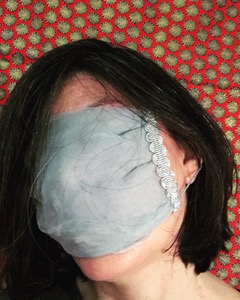


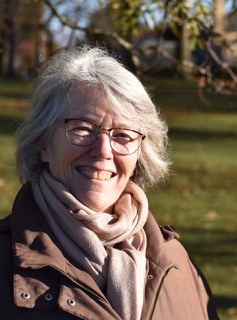
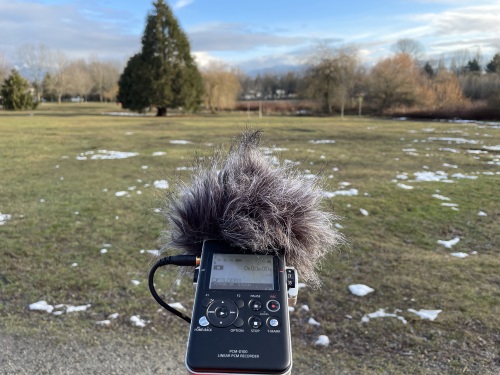
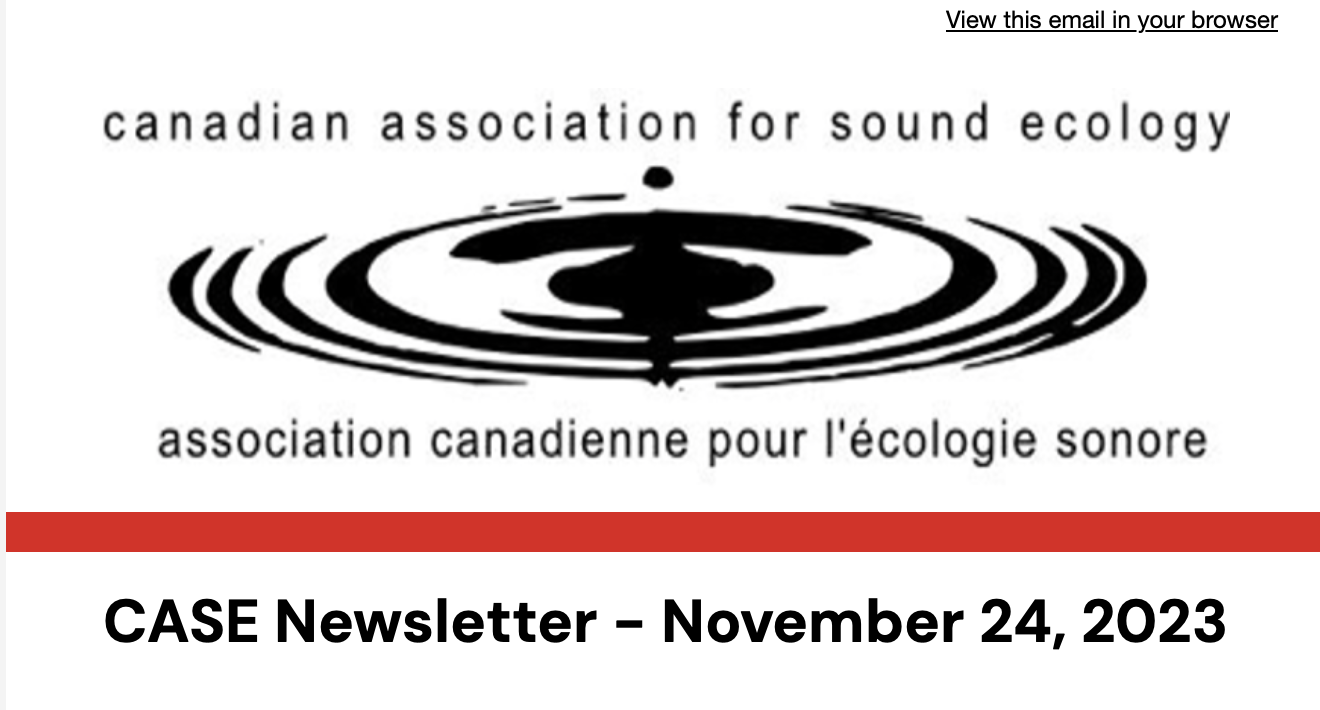
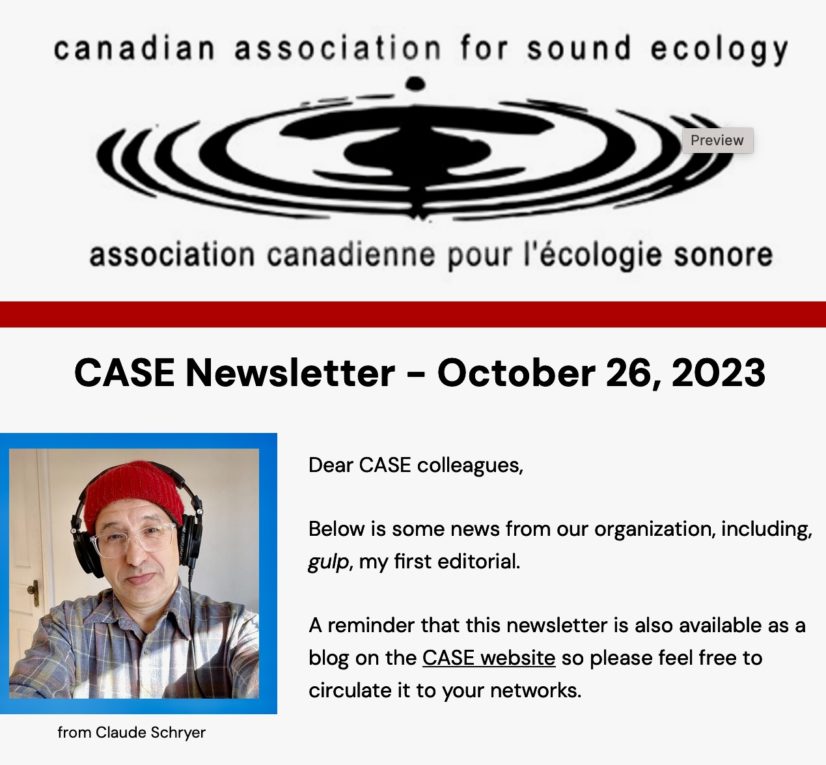
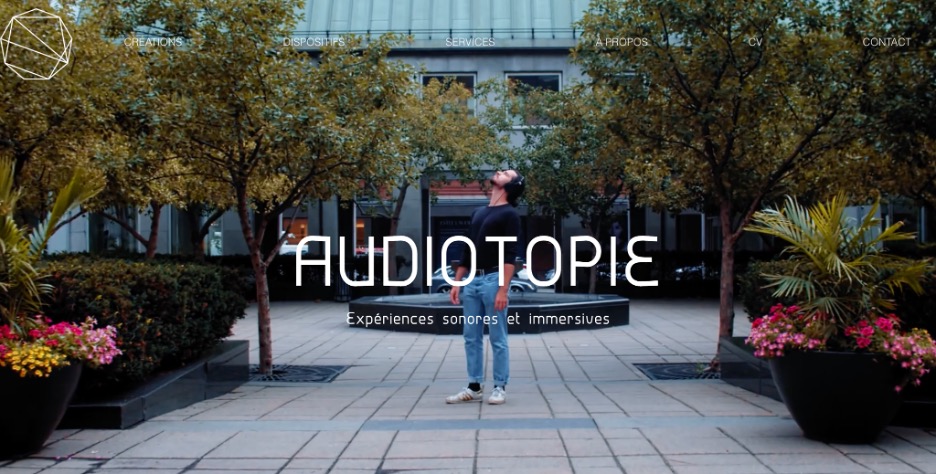
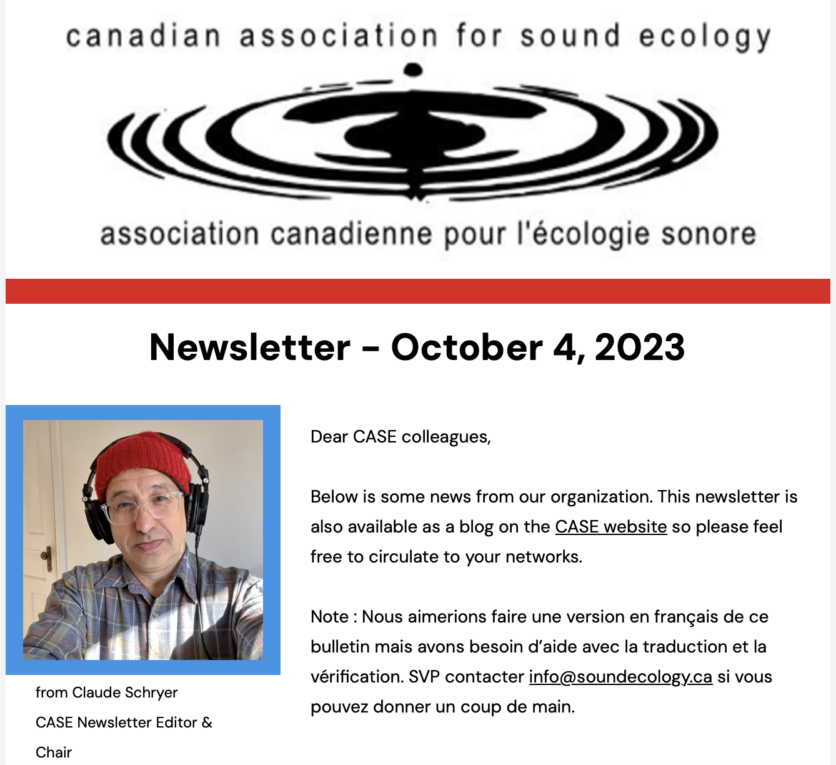
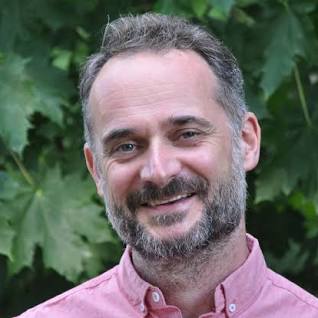
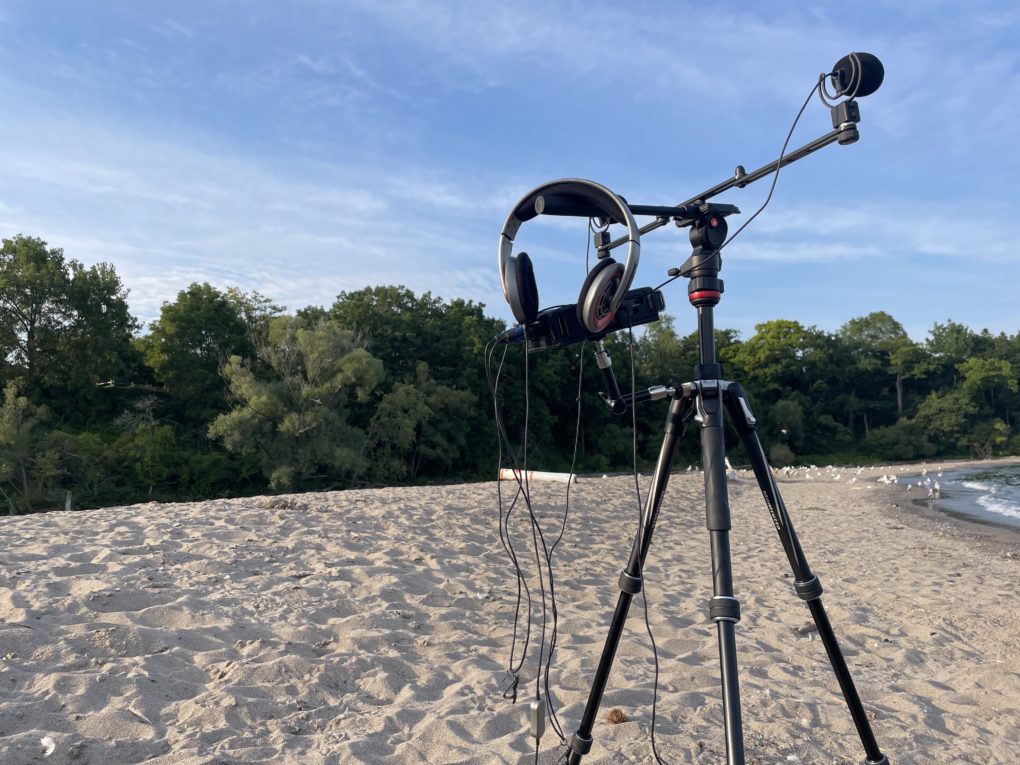
Leave a Reply